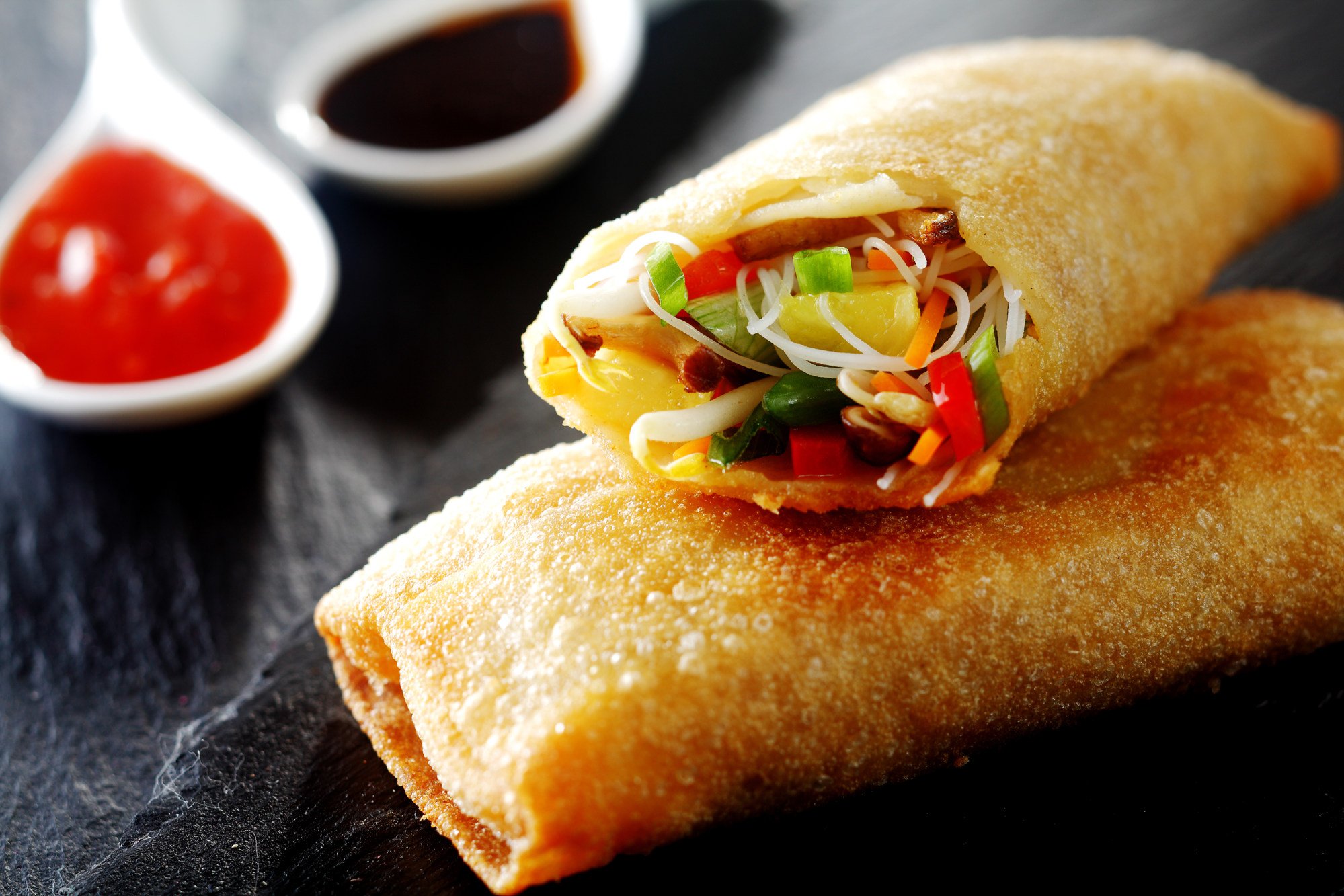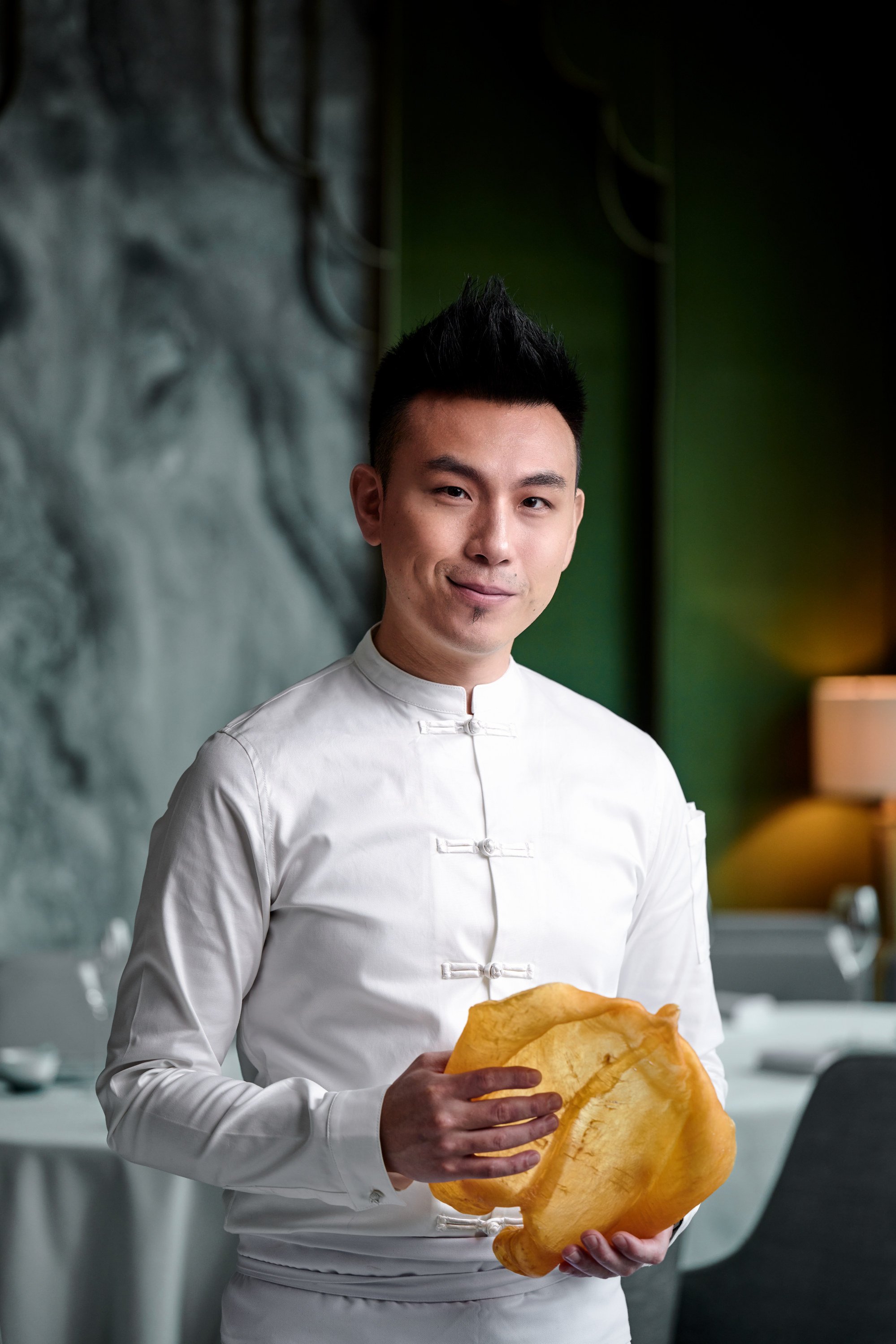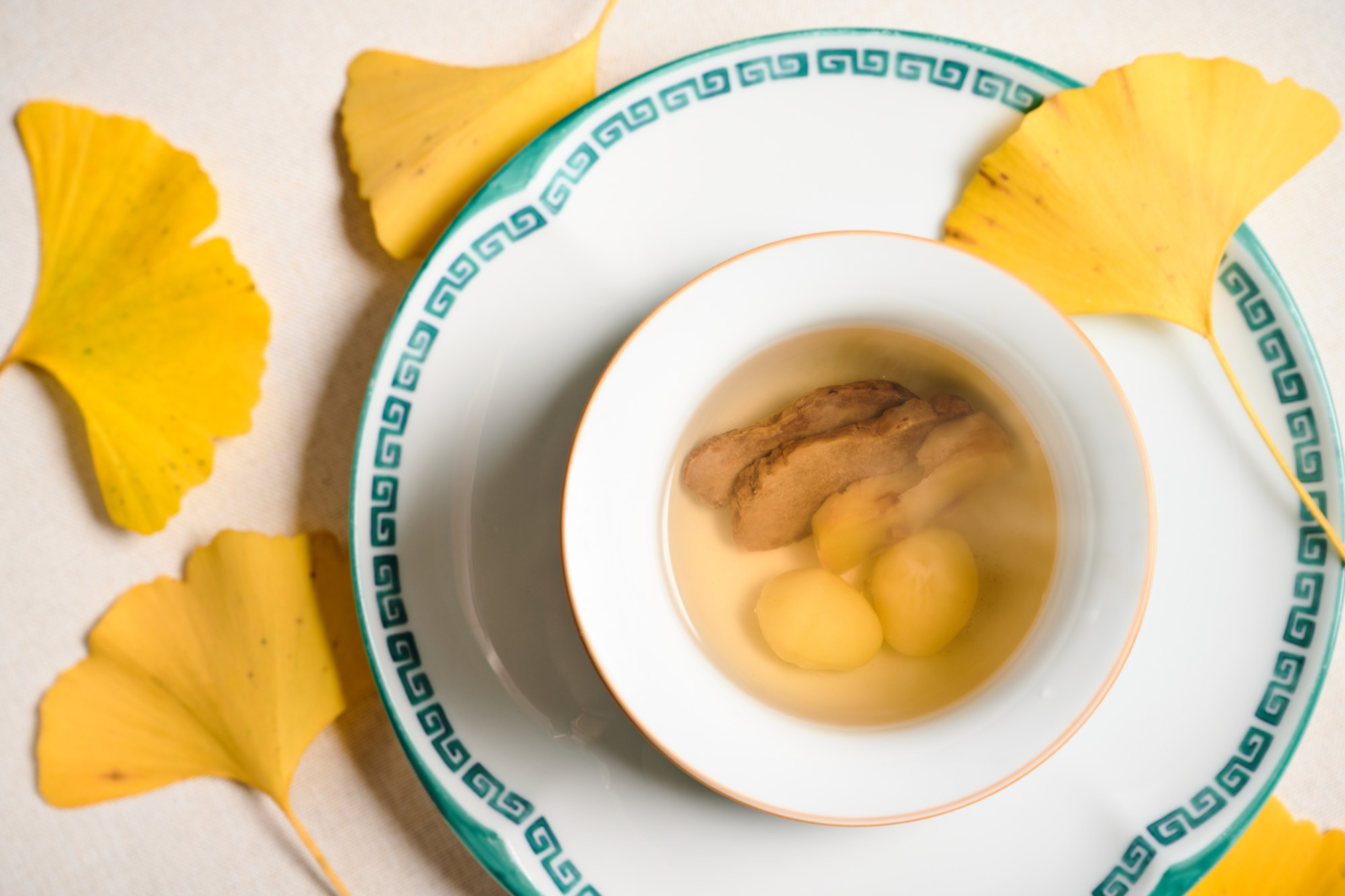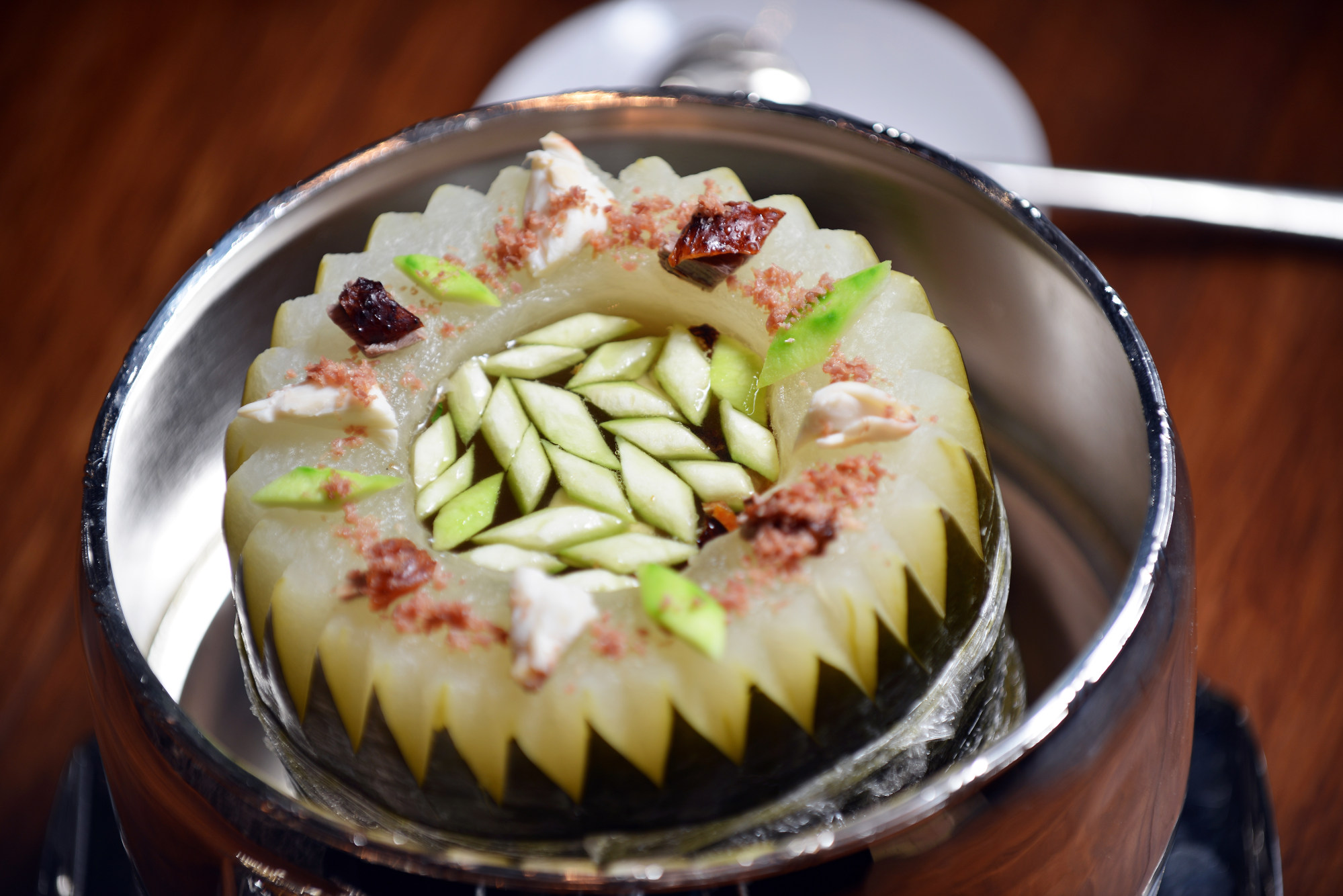
Explainer | How to eat for good health in autumn – and all year round – according to the ancient Chinese calendar of 24 solar terms
- The solar calendar divides the year into 24 periods based on the Earth’s movement around the sun, and dictates what’s best to eat and drink to nourish the body
- For instance, Chinese believe you should eat your favourite seafood during late August’s ‘limit of heat’, and grill meat if mooncakes aren’t your autumn thing
If you felt chilly earlier this month, it is because “great snow” – the 21st solar term – was in effect from December 7.
The solar terms are an ancient way to mark the seasons, and the sun feels remote during this period. Traditionally, this was interpreted to mean we will experience cold temperatures from now until spring.
Though “great snow”, also known as “heavy snow”, is not an absolute indicator of increased rainfall or snowfall, it is interpreted to mean we should expect more precipitation in Hong Kong.
During this time, plants and animals behave differently – nightingales stop chirping, tigers begin to look for mates, and orchids move onto the next stage of their life cycle. Our bodies may act up, as the cold is believed to impair our immune system.
What should you be eating at Lunar New Year, and as spring unfolds, for instance?
An age-old system
Dating from the Eastern Zhou dynasty (771-476 BC), the system is based on the Earth’s movement around the sun. The ancient Chinese believed the weather changed every 15 days. As such, 24 points were noted in the Earth’s rotation.
These solar terms describe the changes in season, temperature, precipitation and hours of daylight.
How the Chinese eat tong yuen at winter solstice and the way I like mine
Although they do not reflect our current climate, nor the dramatic changes it is going through, the terms are still used by farmers and as a guide to what to eat and when.
The 24 solar terms are not used exclusively by Chinese people – the Koreans have 24 jeolgi and the Japanese have 24 sekki. All three systems share similar foundations and ideologies, but there are huge differences when it comes to the food consumed.

On the opposite side of the Sea of Japan (or East Sea), Koreans eat potatoes during this period to regain energy lost under the scorching weather earlier in the year.
Eating for health
The 24 solar terms were used to help attain perfect health by being in balance with the universe, and we can learn many lessons from them.

This is achieved in part by consuming food according to its inherent nature, as classified by traditional Chinese medicine (TCM).
Each of the four properties – cold, hot, cool, warm – and five flavours – sour, sweet, salty, pungent, bitter – have different effects on our organs.
Guests are welcomed with a seasonal drink created based on the weather and seasonal ingredients
Based on the weather we should consume the right combination of foods for our body to function harmoniously.
The solar terms affect our food choices in other ways, too – superstition and religion have created a lot of eating traditions, and seasonality is greatly emphasised. Many people still adhere to these traditions and principles, but also incorporate modern science and nutrition.
Working with nature is always the easier and healthier option than working against it. With that in mind, why not try eating better?

Modern eating
Hong Kong prides itself on being a food paradise – but with the accolade comes a very high obesity rate. A 2014/2015 survey found that 29.9 per cent of Hongkongers were obese, and a further 20.1 per cent were overweight.
It is no surprise, then, that some restaurants incorporate the health principles of the solar terms in their menus.
Mooncakes, Mid-Autumn Festival and why seasonal events are more fun
“Guests are welcomed with a seasonal drink created based on the weather and seasonal ingredients,” says Cheng.
That may mean “a refreshing cold drink in [the] summer solstice to release heat, a nourishing warm drink in a breezy autumn (around the autumn equinox), to a hot yacon fig tea to warm you up in the cold of winter (during the ‘great snow’)”.

Seasonality is at the core of the 24 solar terms, so integrating this notion so profoundly into Wing’s menu is a good demonstration of its utility.
How to eat according to the solar terms
Here are some foods you can try during different solar terms in Hong Kong. The dates provided are for 2023:
Spring
Embrace good fortune with spring rolls for the beginning of spring (lichun) on February 4; have a sweet red date congee for “rain water” (yushui) on February 19 to get you through the gloomy rain; and try eating food such as eggs, pears, soybeans and corn during “the waking of insects” (jingzhi) on March 6 to improve your liver.
Light and crisp bamboo shoots are in season for the spring equinox (chunfen) on March 21, while for “pure brightness” (qingming) on April 5, eat green dumpling qingtuan (mugwort mochi) to connect with nature and ancestors.
Black rice cooked in coconut milk is great to soothe your stomach during “grain rain” (guyu) on April 20.

Summer
Wonton noodle soup on the summer solstice (xiazhi) on June 21 is said to help you endure the heat throughout the summer, and Asian swamp eel is a seasonal delight during “slight heat” (xiaoshui) on July 7. Cool yourself down during “great heat” (dashu) on July 23 with a bowl of winter melon soup or classic pineapple ice drink.

Autumn
Not had much of an appetite during summer? Try some pumpkin for the beginning of autumn (liqiu) on August 8 to regain lost nutrients and have your favourite seafood during “limit of heat” (chushu) on August 23.

Winter
Shield your ears from the cold by eating ear-shaped dumplings for the beginning of winter (lidong) on November 8.
Roasted chestnuts, sweet potatoes and quail eggs sold by street vendors might be just what you need during “slight snow” (xiaoxue) on November 22, while claypot rice with lap cheong or Chinese sausage is your best bet to warm up thoroughly during “great snow” (daxue) on December 7.

Celebrate the winter solstice (dongzhi) on December 22 with a warming hotpot, while fried sticky rice is essential for “slight cold” (xiaohan) on January 5. Last but not least, choose your preferred form of rice cake to welcome the new year during “great cold” (dahan) on January 20.
Remember, these are only guidelines and not rules – eating, after all, is about enjoyment and pleasure. Hopefully this gives you some ideas on what to eat in the coming weeks.

